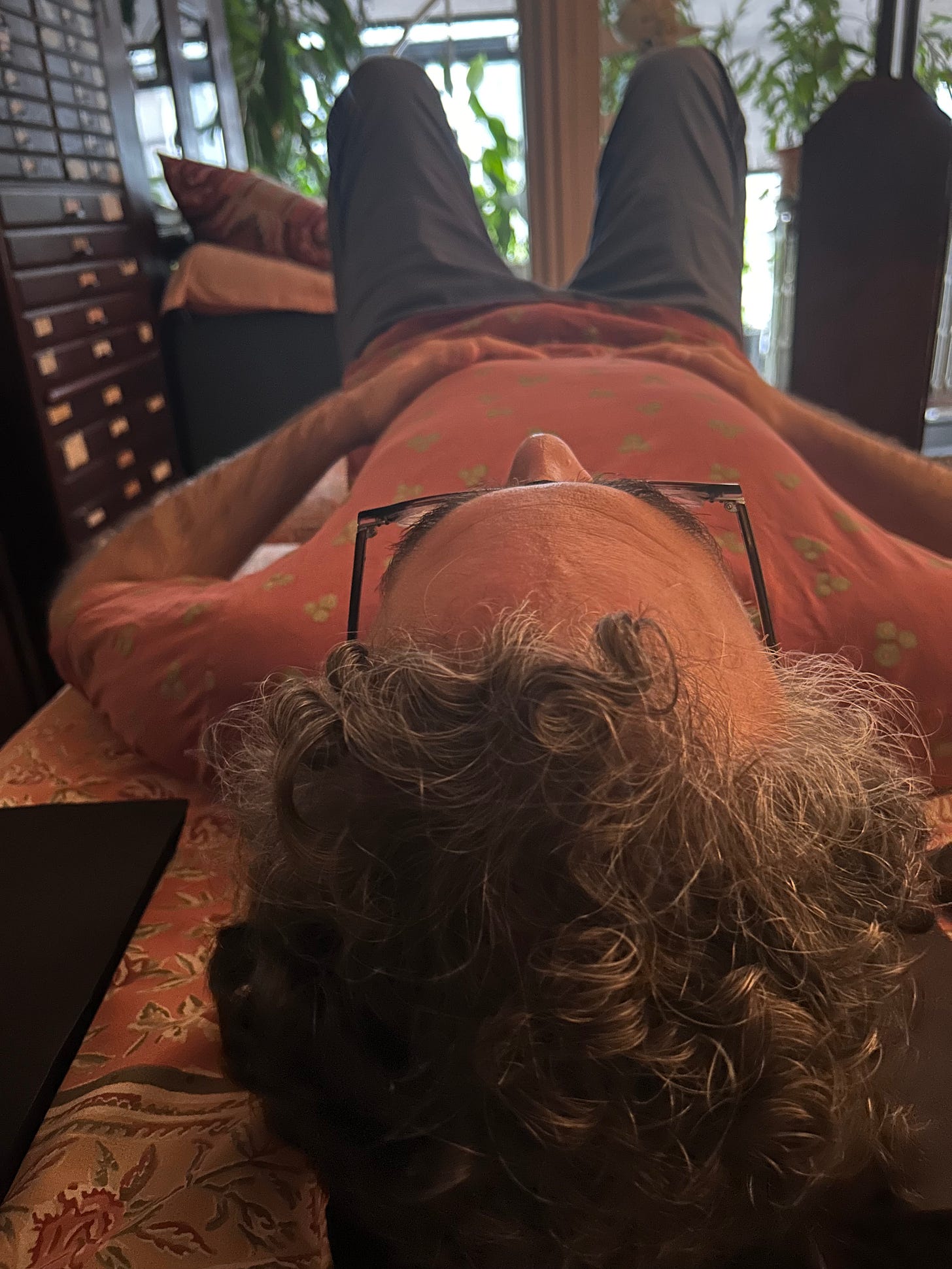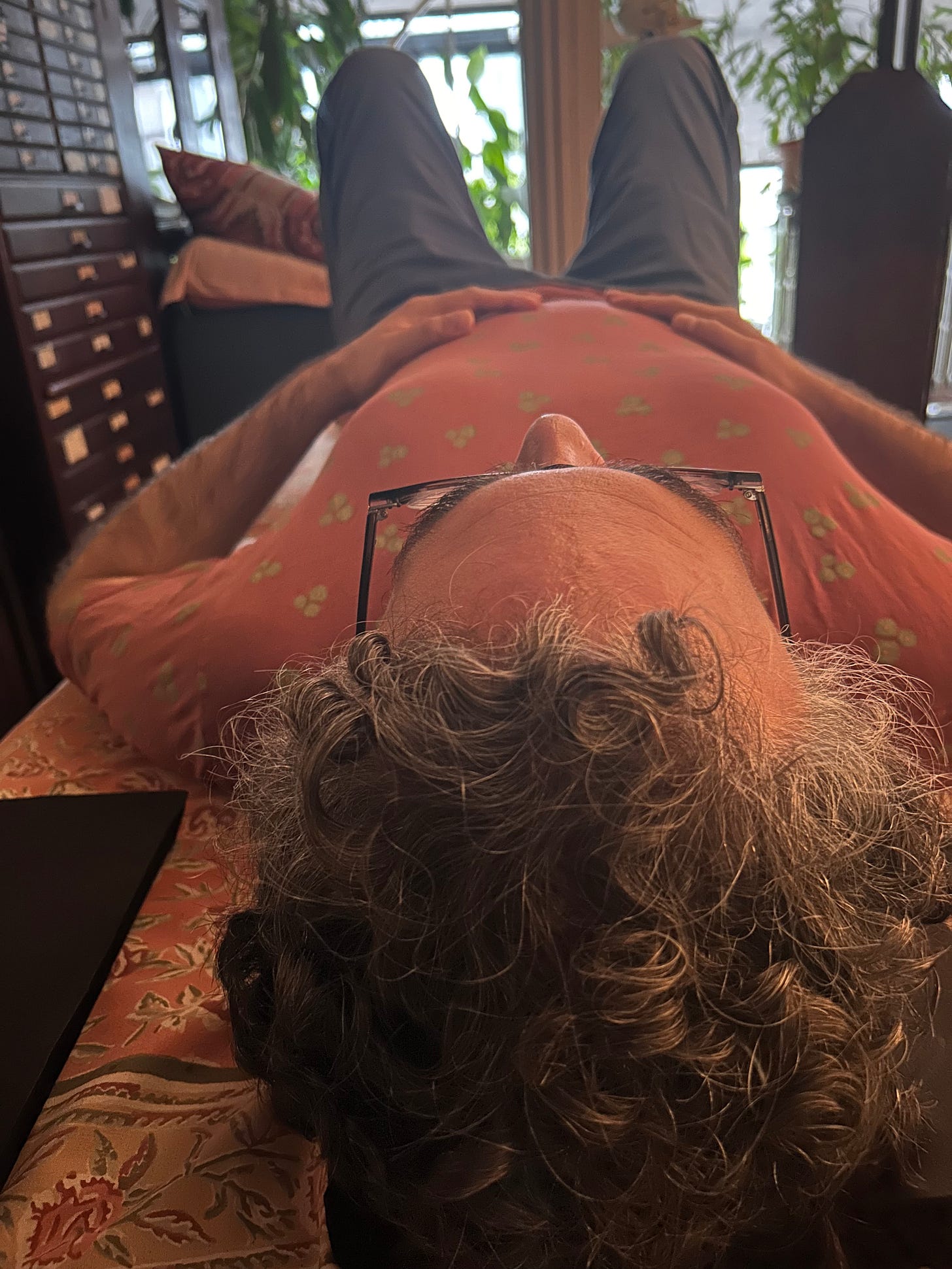Do You See What I See?
AKA Eye Dominance and Neck Tension
Back in 1988 I was in second grade (the best grade ‘cause we had Mrs. Helmers and she was the best) and was given a seemingly simple task. The class was asked to copy the week’s spelling words from the blackboard so that we could learn them. Sitting in the back of the class, I realized that I couldn’t see the words clearly so I did what any reasonable person would do; I stood up and walked closer until I could see the words clearly.
I walked closer and closer to the board until I was about 2 feet from the letters. I memorized the word and went back to my desk to write it down. Easy!
After that, I got up again and went to the board for the second word. This back and forth process repeated until I had all of the words written down. No big deal, eh?
Mrs. Helmers, being the astute human that she was, told my mom that it was probably a good idea to get my eyes checked. We went to the optometrist (I think that evening) and it turned out that she was correct. I was reeeaaaalllly near sighted.
The story serves 2 purposes (and if I had a picture of myself from back then, it would also give y’all a chance to go “oh how cuuute!”):
It’s interesting that I did not notice ANY trouble with my vision until I was practically blind. Before this event, I don’t have any real memory of thinking that my vision was bad. And while it may have had a rather sudden change due to a growth spurt, I’m inclined to believe that my decline in vision happened before then and I just didn’t know that bad vision was a concept.
As I age, I have to continuously remind myself that my vision is a bit no so good and that it is very tempting for me to hold my head in various ways to attempt to compensate for my bad eyesight.
My Recent Lesson
A few months ago, I was having a lesson with Beret Arcaya. While I was on the table she asked me to look straight ahead. She snapped a photo of me and showed me this:
As you look at my head, try not to use my nose as a reference point for level or straight. Everyone’s nose is a little off center. Instead, look at my forehead and notice that the right eye is pushing forward ever so slightly.
If you’re having trouble seeing it, here’s a look at my head when it’s NOT turning to the left…
If it looks almost identical to you, I completely get it! The difference here is tiiinnnyyy. But I could readily feel a thawing of neck tension along the right side of my neck.
So why exactly do I have this little turn in my head? Well not only am I nearsighted, I also happen to be right eye dominant. As a result, if I ever go to look at my phone without my glasses or put my contact lenses in, I’ll close my left eye and stick my right eye very close to the thing I want to read. These days, I need my right eye to be roughly 2-3 inches away from the object if I want to have any clarity.
The Exercise
In a lot of these posts, I try to give you a little activity that you can do on your own. Today’s is really just what I do for myself with this knowledge. If you have perfect vision, this probably doesn’t apply to you, but you never know! You’ll at least get an idea of how I use the Alexander Technique to address this kind of imbalance!
Let’s suppose I’m watching something like Bon Appetit, Your Majesty and I need to read the subtitles. If I’m feeling some tension in my neck, I can have a little come to Jesus moment with myself and ask, “Are you pushing your right eye into the screen?”. Initially I may not really know, but if my head isn’t totally dead and stiff on top of the neck I can ever so slightly think about drawing the right eyebrow straight back; no more than a millimeter.
This slight movement will either begin to alleviate tension or give me some odd sensations in the muscle fibers at the base of my skull. Feeling these muscle fibers at the base of the skull move is a GOOD thing. I do not expect to feel them while my attention is on something more complex than Bon Appetit, Your Majesty but I should be able to sit in quiet or walk down the street and have a sense if these muscles are static or supple.
If I feel tension alleviating from this subtle movement, I do not want to lock my head in place, but I DO want to continue allowing the head to balance and allow that tension to continue melting.
If I just feel odd sensations of muscle fibers at the base of the skull, it’s likely that the right portion of my head was not only pressing forward but also pressing either up or down too much. Remember, the skull has a range of motion like a helicopter and allowing it to subtly explore a teeny tiny flight over the neck (slowwwly) will give you more and more clues to the buoyancy of your head over the neck. With a little bit of experimentation and patience, you’ll start finding your own habits!
Get In Touch
If you’re in NYC, you may learn more about my private teaching practice at johndalto.com.
If you’d like to book any lesson time with me, you can find my booking link here.



